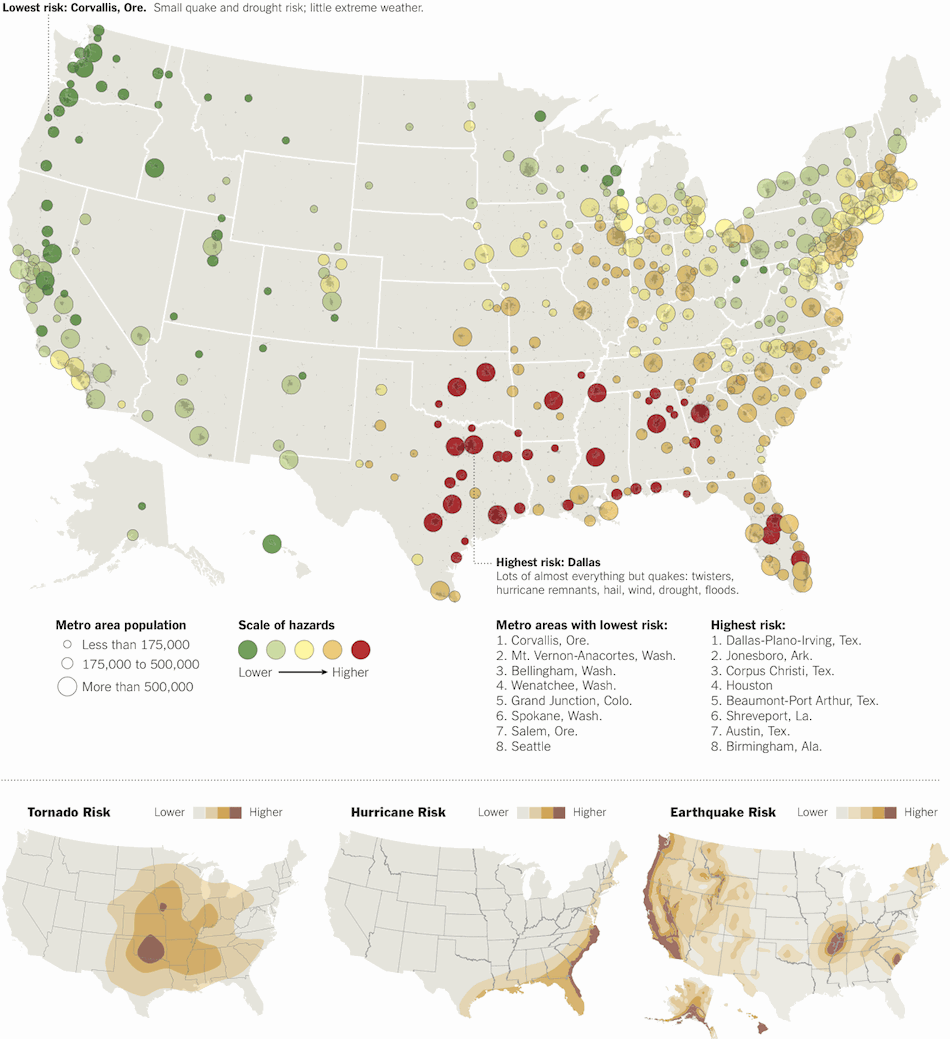pessimism, or risk aversion?
I found the title of this article, “Honeybees might have emotions,” hard to believe. But then what is “emotion”?
Bateson and Wright tested their bees with a type of experiment designed to show whether animals are, like humans, capable of experiencing cognitive states in which ambiguous information is interpreted in negative fashion.
and from the referenced paper itself:
We show for the first time that agitated bees are more likely to classify ambiguous stimuli as predicting punishment. Shaken bees also have lower levels of hemolymph dopamine, octopamine, and serotonin.
If an “ambiguous” stimulus is one that is unassociated with anything but is interpreted as a mixture of two known stimuli (or if it is explicitly some mixture-state stimulus… is it in this case?), then isn’t all this simply risk-aversion? If so, then basically bees have concave utility like probably all evolved organisms naturally should — to stay alive. Indeed, the fact that the actual chemical signaling mechanism for risk-aversion is associated with “pessimism” or “depression” in higher organisms is the more intriguing (but on second thought, obvious) result, suggesting that emotions are just internal (psychological) reward adjustments that drive external (behavioral) risk adjustments. Emotions bend the utility “function” into shape by applying compensatory rewards to the actual external rewards: a risk and reward add-on circuit.
 So I was looking into how many yak dung pies are required to charge an iPad once, but I couldn’t find how much a dried yak dung pie weighs.
So I was looking into how many yak dung pies are required to charge an iPad once, but I couldn’t find how much a dried yak dung pie weighs. Comments(3)
Comments(3)
 MBTA has these “BIG RED” high-capacity cars now, but guess what?
MBTA has these “BIG RED” high-capacity cars now, but guess what?  (Why do “suit” and “purple” choose to stand?)
(Why do “suit” and “purple” choose to stand?)
